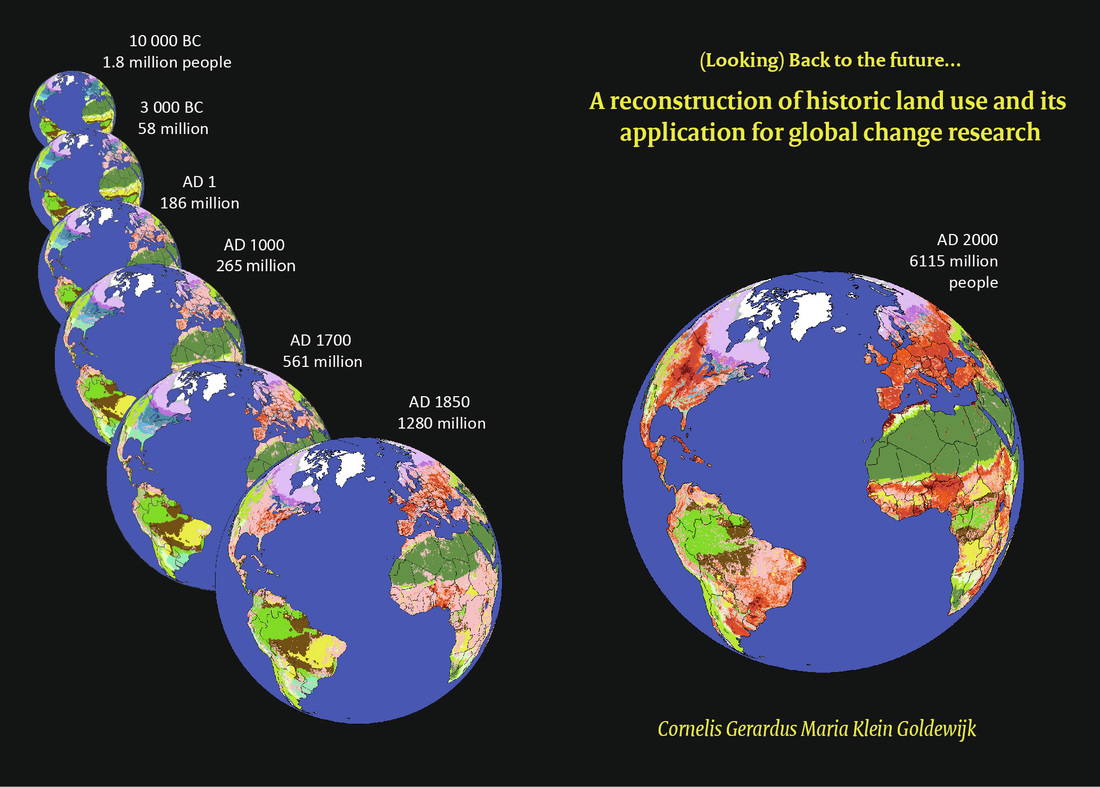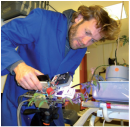|
My name is Kees Klein Goldewijk and I’ve joined Copernicus as a research fellow last year on a VENI grant from NWO. The topic of my grant is: "Looking back to the future: improving historical land use reconstructions for better understanding of the global carbon cycle". The main research questions are: When did human activities trigger global environmental change at relevant scales? And how did these activities such as settlement strategies and agriculture affect land use and land cover, the global carbon cycle and climate? I’d like to explain in my blog about my project and all the highly interesting problems (and solutions!) I do encounter. Follow me on a epic journey into the past...
0 Comments
Plant adaptation to rising atmospheric CO2 In this research I'm investigating how the photosynthesis and transpiration of plants changes depending on the CO2 level under which plants have grown up. I think this question is very important to answer because plants play and important role in hydrological cycle and the carbon cycle. Plants influence these cycles at a global scale because they assimilate carbon by photosynthesis and simultaneously transpire water through microscopically small stomatal pores in their leaves (see the image below). This role becomes even more intriguing when you consider that the current rise in atmospheric CO2 concentrations has a direct effect on the transpiration and photosynthesis of plants. The extent to which plants influence global fluxes of water and carbon are recognized as key uncertainties in climate change predictions.  Leaf gas exchange occurs though stomata. Guard cells open and close the stomata (shown in the middle microscope image) to regulate photosynthesis and transpiration at short timescales. Plants also adjust the number and size of their stomata through developmental responses to rising CO2 at (multi)decadal timescales. This study focusses on how these responses combined influence photosynthesis and transpiration. |
Archives
March 2018
Categories
All
Environmental Sciences BlogWritten by the junior researchers, PhD-students and post-docs of the Environmental Sciences group. |


 RSS Feed
RSS Feed
